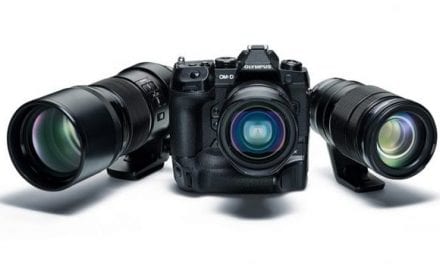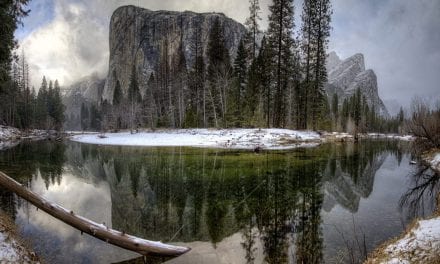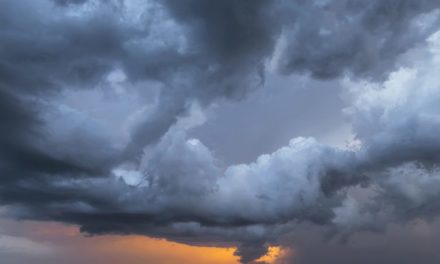As a professional wildlife photographer, my first and foremost desire is to record my subjects without disturbing natural behavior. Wild animals are naturally skittish, and many are dangerous to approach, so I frequently need to use long focal length, super-telephoto lenses to make my photographs.
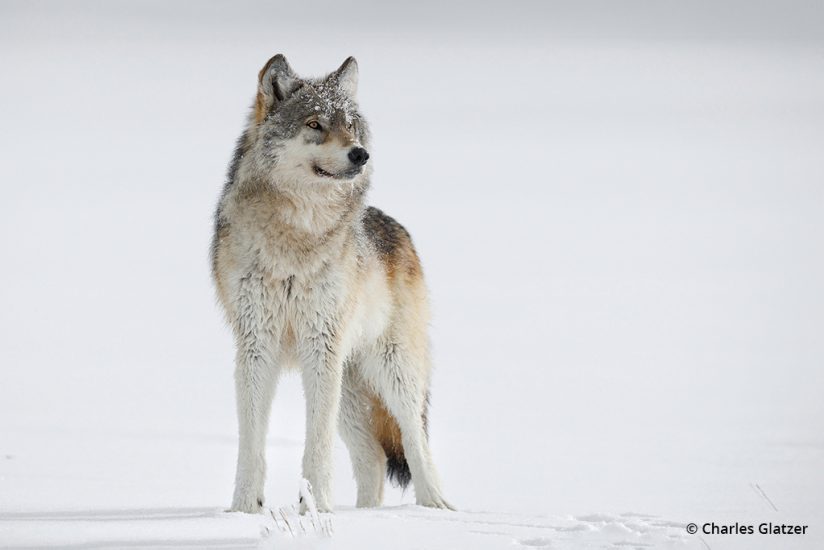
Canon EOS R5, Canon RF800mm F5.6 L IS USM. Exposure: 1/1600 sec., ƒ6.3, ISO 500.
I could think of no better place to test the new Canon RF800mm F5.6 L IS USM than Yellowstone, America’s first national park. Canon’s corporate philosophy of Kyosei means we strive to have a positive impact on society, and coincidently, this year we celebrate Canon’s 25th anniversary of sponsoring Yellowstone Forever, the nonprofit partner of Yellowstone National Park.
Photographing predators in Yellowstone requires photographers to maintain a subject distance of at least 100 yards. That’s where a super-telephoto focal length lens can help close the gap for tighter compositions. Smaller subjects like birds typically require focal lengths of 600mm or greater to garner a usable image size in-camera, especially for printing. As you can see from my images taken in Yellowstone last winter, this lens allowed me to get close-up perspectives from safe, respectful distances.
Agile Handling
Much of what we do as wildlife photographers depends on capturing fleeting behavioral moments—moments that I might otherwise miss if I were fumbling with a tripod. When trying to track an erratically moving subject it becomes difficult to pivot around a tripod, and the raising and lowering of tripod legs takes valuable time away from the task at hand. The ability to handhold a lens with optimized weight distribution affords valuable maneuverability.
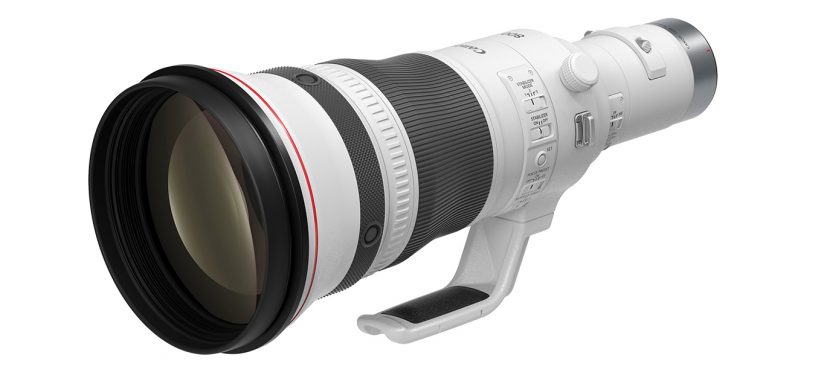
Canon RF800mm F5.6 L IS USM
When I first picked up the Canon RF800mm F5.6 L IS USM, I was floored by its relatively light weight and compact size. This 800mm f/5.6 lens weighs 6.9 pounds and measures just 17-inches in length. (It’s actually shorter and similar in weight to the Canon RF600 F4 L IS USM.) Together with the lens’s 4.5-stop optical image stabilization and an impressive F5.6 maximum aperture, its light weight and precise handling are big advantages in getting the shot.
Three image stabilization (IS) operation modes enhance the versatility of the system. IS Mode 1 can be used for nearly all situations, including while using a tripod or monopod and while photographing action. IS Mode 2 is optimized for panning with moving subjects horizontally or vertically. IS Mode 3 activates only when the shutter is released with no correction between shots. I primarily use IS Mode 1, as a stabilized viewfinder image is particularly advantageous when shooting handheld and trying to maintain exacting subject composition.
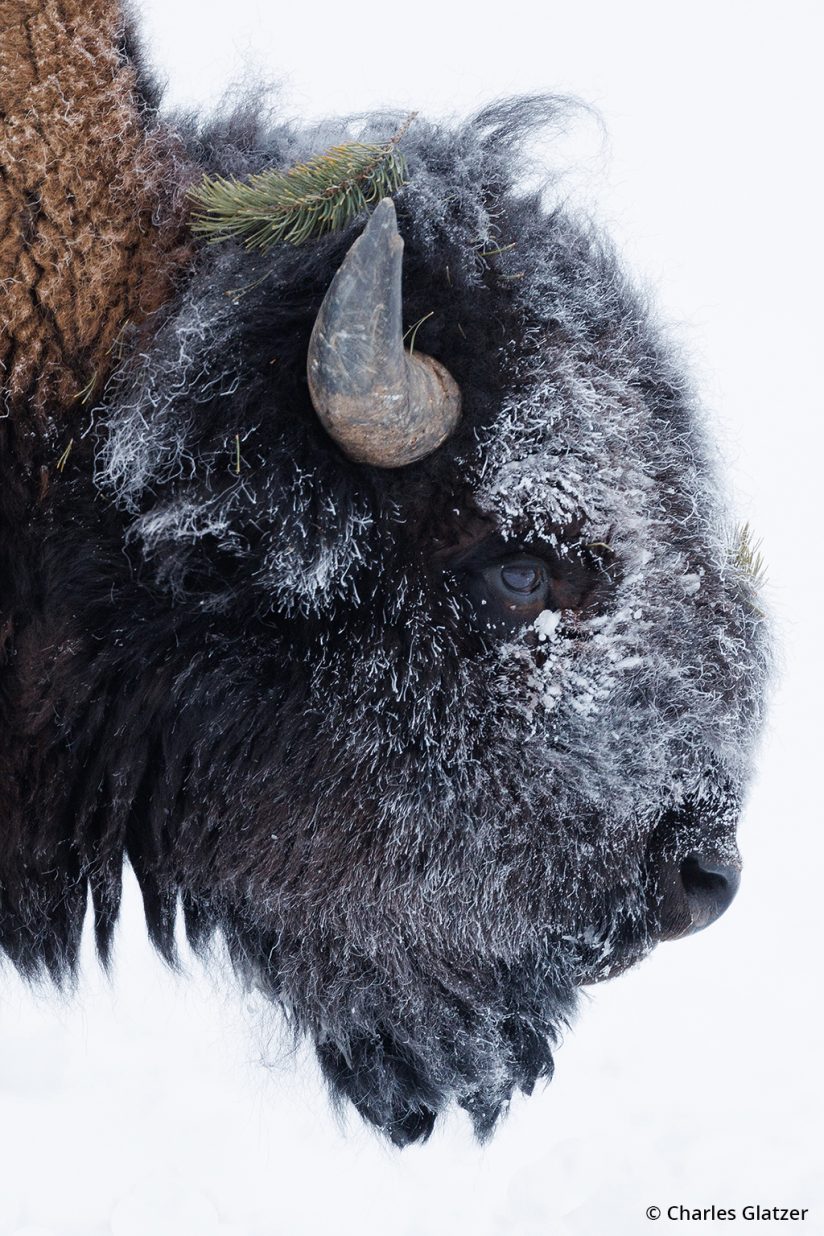
Canon EOS R3, Canon RF800mm F5.6 L IS USM. Exposure: 1/250 sec., ƒ/5.6, ISO 1600.
Exceptional Build & Optical Quality
The lens has a 9-blade, circular aperture that creates gorgeous bokeh, isolating the subject from otherwise distracting elements within the field of view. The wide F5.6 maximum aperture lets me use faster shutter speeds and lower ISOs in low-light conditions, resulting in better overall image quality. And this lens is tack sharp even when shooting “wide open” at its largest apertures.
Canon’s premium L Series lenses are known for providing not only superior image quality, but the highest quality construction for durability in the field, with extensive sealing throughout the lens to protect against dust and moisture—especially important for wildlife photography. The RF800mm F5.6 L IS USM most certainly maintains the L Series legacy of outstanding build quality, and fluorite, UD and Super UD lens elements with advanced coatings set new standards in optical excellence.
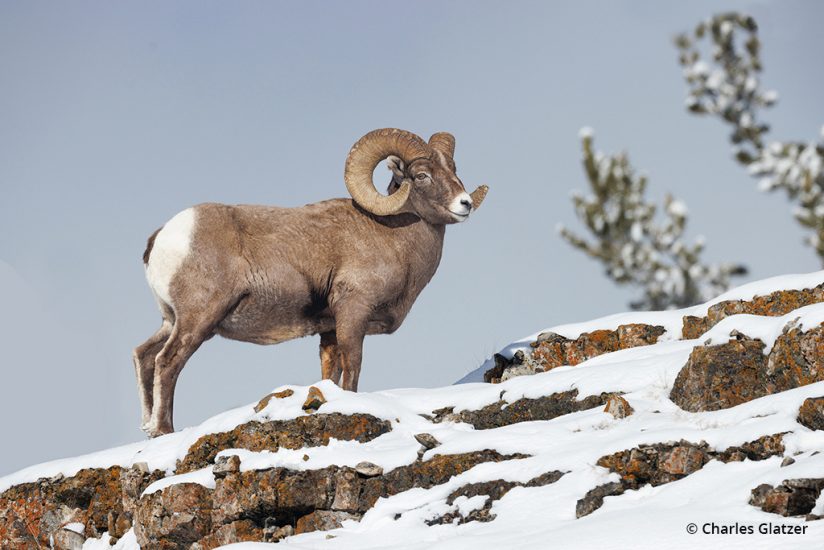
Canon EOS R5, Canon RF800mm F5.6 L IS USM. Exposure: 1/2500 sec., ƒ/8, ISO 400.
Not often mentioned in reviews, the fluorine coating on the front element helps to repel moisture and dust that can be easily overlooked when shooting continuously in the field and can lower contrast and degrade image quality. Air Sphere (ASC) and Super Spectra Coatings (SSC) improve image quality by maintaining high contrast and color accuracy while reducing lens flare and ghosting even at maximum aperture in harsh back-lit conditions. These coatings not only enhance image quality, but also prove subsequently beneficial with AF acquisition.
Responsive, Customizable Autofocus
The RF800mm F5.6 L IS USM’s autofocus performance proved fast, accurate and near silent in the field, a benefit for both photo and video applications. My jaw dropped when I learned the lens has a minimum focusing distance of just 8.5 feet—impressive for a lens of this focal length—and a magnification of 0.34x, making it even more valuable for small subjects like birds at close range. For wildlife subjects, I recommend using the lens’s Focus Range limiter to improve AF responsiveness by constraining the focusing range to where you anticipate the action to occur. Three Focus Range settings are available: Full range; 8.5 feet to 65.6 feet; and 65.6 feet to infinity.
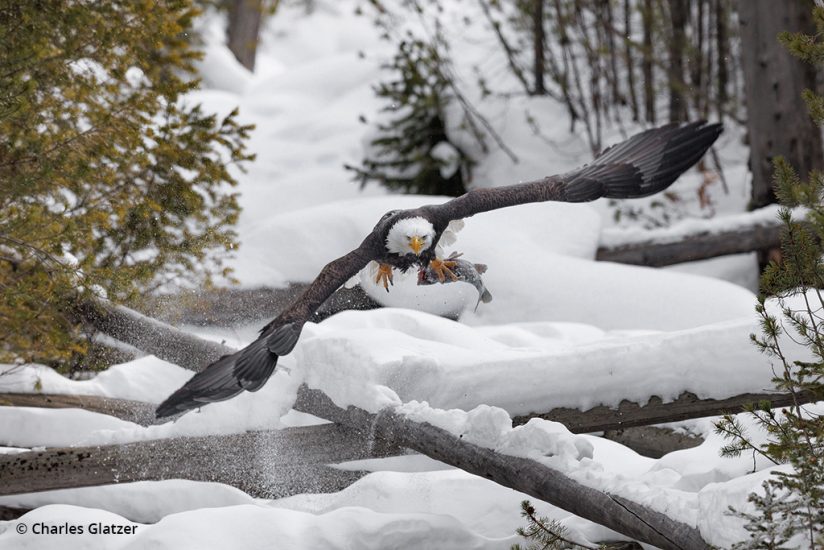
Canon EOS R3, Canon RF800mm F5.6 L IS USM. Exposure: 1/1600 sec., ƒ/6.3, ISO 800.
The lens also offers the ability to memorize one or two focus distances and instantly return to those presets, another advantage for wildlife photography. For example, you can pre-focus on two different spots where you expect wildlife to appear, and immediately jump to either memorized position via the lens’s playback ring. Full AF or manual focus operation remains available, as well.
When shooting in rain or falling snow, it is often best to manually focus. The RF800mm F5.6 L IS USM offers a Customizable Electronic Focus Ring, with manual focus override capability during autofocus. The large manual focus ring can be programmed to three different sensitivity levels to adjust the responsiveness of the focus ring rotation to your desired preference. Mode 1 provides the fastest sensitivity (a small amount of focus ring rotation provides significant focus change), while settings 2 and 3 progressively reduce the sensitivity, allowing for finer manual focus adjustments.
Extendable & Adaptable
To help get you even closer to distant subjects, the lens is compatible with Canon’s Extender RF1.4x or Extender RF2x teleconverters to magnify the effective focal length to 1120mm at ƒ/8 with the Extender RF1.4x, or 1600mm at ƒ/11 using the Extender RF2x—all while maintaining the 8.5-foot minimum focusing distance. Pro tip: Stopping down two-thirds to one stop from maximum aperture when using teleconverters will often help increase image quality, especially with a 2x converter.
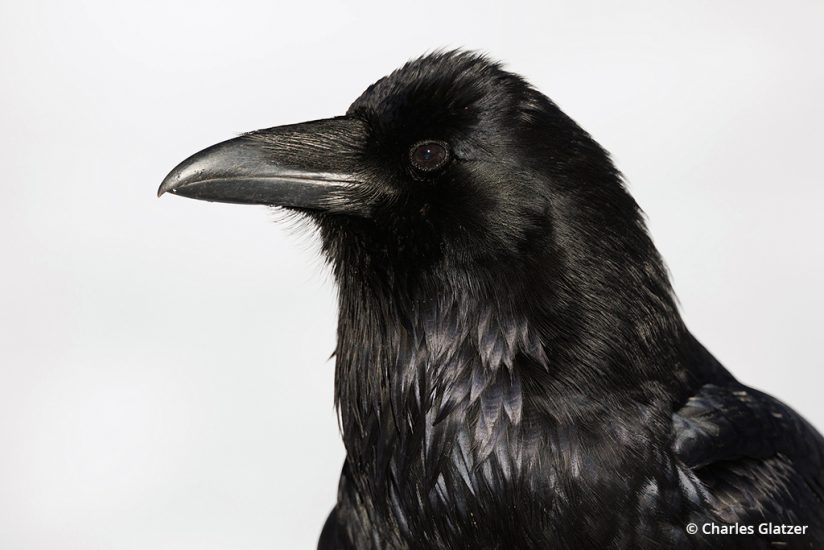
Canon EOS R3, Canon RF800mm F5.6 L IS USM. Exposure: 1/1600 sec., ƒ/6.3, ISO 400.
Another highlight of the lens is the convenient built-in, drop-in style 52mm filter holder which I use with ND filters when shooting video or to slow or maintain shutter speeds when using larger apertures in bright ambient conditions.
If you are a wildlife or sports photographer whose subjects and situations require a long super-telephoto focal length and maximum portability, this lens is the complete package.
For more information on Canon EOS R cameras and lenses, visit usa.canon.com.
Charles Glatzer is a Canon Explorer of Light specializing in wildlife photography. His dynamic and inspirational teaching has also made him one of the most sought-after educators and keynote speakers in his field. Glatzer’s images and articles appear in publications worldwide. See more of his work at shootthelight.com.
The post Canon RF800mm F5.6 L IS USM: A New Standard In Super-Telephoto Lenses appeared first on Outdoor Photographer.











